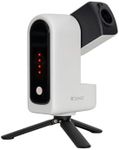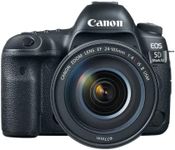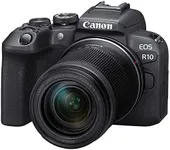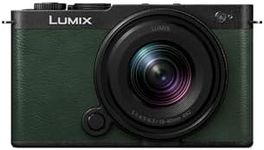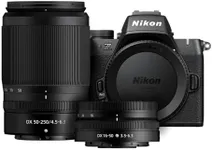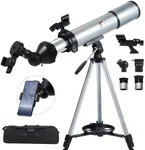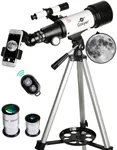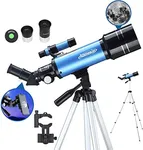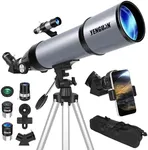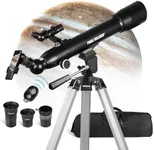Buying Guide for the Best Astrophotography Cameras
Choosing the right camera for astrophotography can be a thrilling yet challenging task. Astrophotography requires a camera that can capture the faint light of distant stars and galaxies with great detail and minimal noise. To make an informed decision, it's important to understand the key specifications that will impact your astrophotography experience. Here are the essential specs to consider and how to navigate them to find the best fit for your needs.Sensor SizeThe sensor size of a camera determines how much light it can capture and how detailed the images will be. Larger sensors, such as full-frame sensors, can capture more light and produce higher quality images with less noise, which is crucial for astrophotography. Smaller sensors, like APS-C or Micro Four Thirds, can still be effective but may require more post-processing to reduce noise. If you are serious about capturing the best possible images of the night sky, a full-frame sensor is ideal. However, if you are a beginner or on the go, a smaller sensor can still provide good results.
ISO RangeISO measures the sensitivity of the camera's sensor to light. A higher ISO range allows the camera to capture images in low-light conditions, which is essential for astrophotography. Cameras with a wide ISO range (e.g., up to 25600 or higher) are preferable because they can capture faint stars and other celestial objects more effectively. However, higher ISO settings can introduce noise, so it's important to find a camera that balances high ISO performance with low noise. If you plan to shoot in very dark environments, look for a camera with excellent high ISO performance.
Noise ReductionNoise reduction is a feature that helps minimize the grainy appearance in images taken at high ISO settings. This is particularly important in astrophotography, where long exposure times and high ISO settings are common. Cameras with advanced noise reduction capabilities will produce cleaner, clearer images of the night sky. When choosing a camera, look for models that are known for their low-light performance and effective noise reduction. If you are new to astrophotography, a camera with strong noise reduction will make it easier to achieve high-quality results.
Dynamic RangeDynamic range refers to the camera's ability to capture details in both the brightest and darkest parts of an image. A wide dynamic range is important in astrophotography because it allows you to capture the full spectrum of light from stars and other celestial objects without losing detail in the shadows or highlights. Cameras with a high dynamic range will produce more detailed and balanced images. If you want to capture the intricate details of the night sky, choose a camera with a high dynamic range.
Exposure TimeExposure time, or shutter speed, determines how long the camera's sensor is exposed to light. Longer exposure times are necessary for capturing the faint light of stars and other celestial objects. Some cameras offer bulb mode, which allows for very long exposures, while others may have a maximum exposure time limit. For astrophotography, a camera that allows for long exposure times (e.g., 30 seconds or more) is ideal. If you plan to capture detailed images of the night sky, ensure your camera can handle extended exposure times.
Lens CompatibilityThe quality and variety of lenses available for a camera can greatly impact your astrophotography results. Wide-angle lenses with a large aperture (e.g., f/2.8 or lower) are preferred for capturing expansive views of the night sky. It's important to choose a camera that is compatible with high-quality lenses suitable for astrophotography. If you already own lenses, consider a camera that is compatible with them. If you are starting from scratch, research the available lenses for the camera system you are considering to ensure they meet your astrophotography needs.
Weight and PortabilityAstrophotography often requires traveling to remote locations with minimal light pollution, so the weight and portability of your camera are important factors. Lighter, more compact cameras are easier to transport and set up in the field. However, this should be balanced with the need for a robust camera that can handle long exposure times and various environmental conditions. If you plan to travel frequently for astrophotography, consider a camera that offers a good balance between portability and performance.
